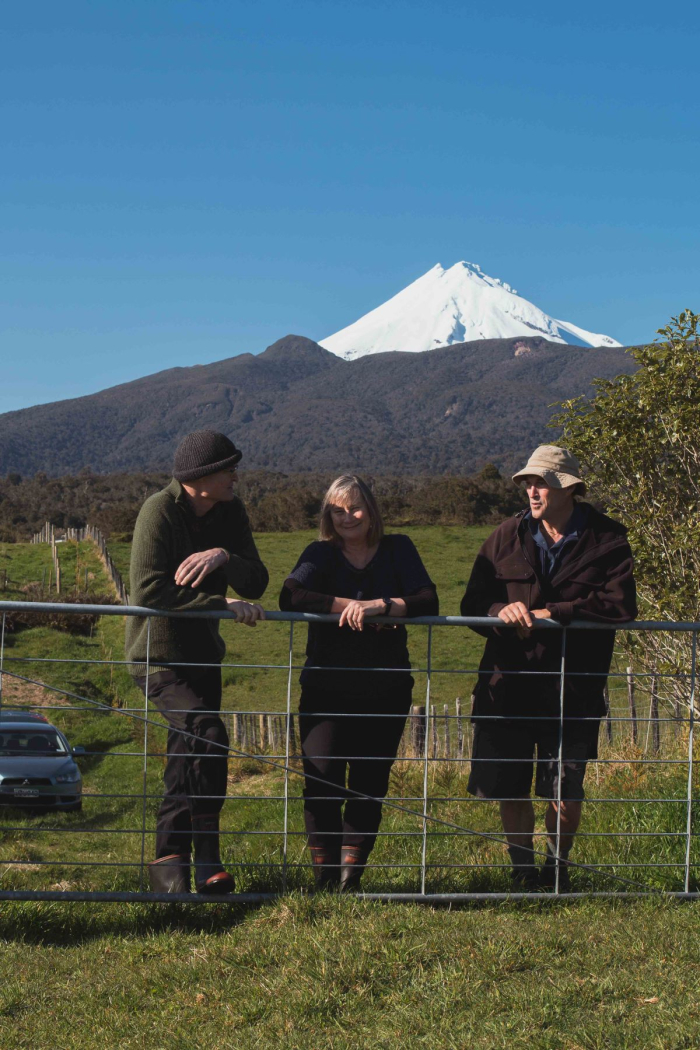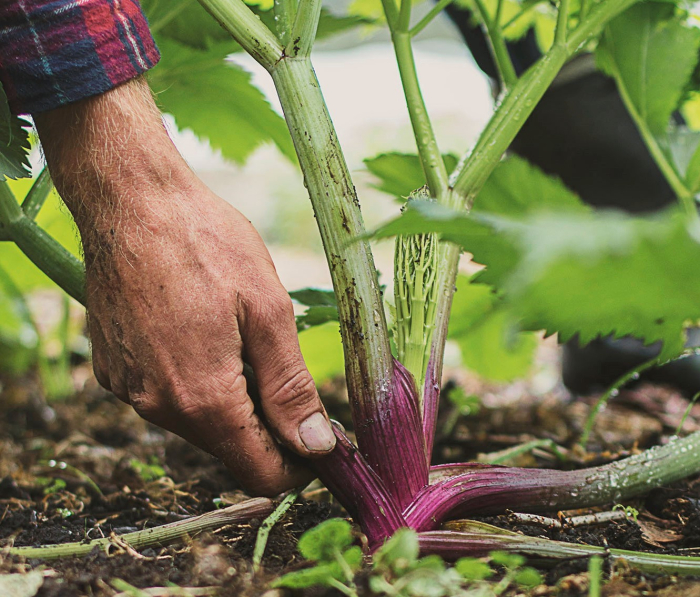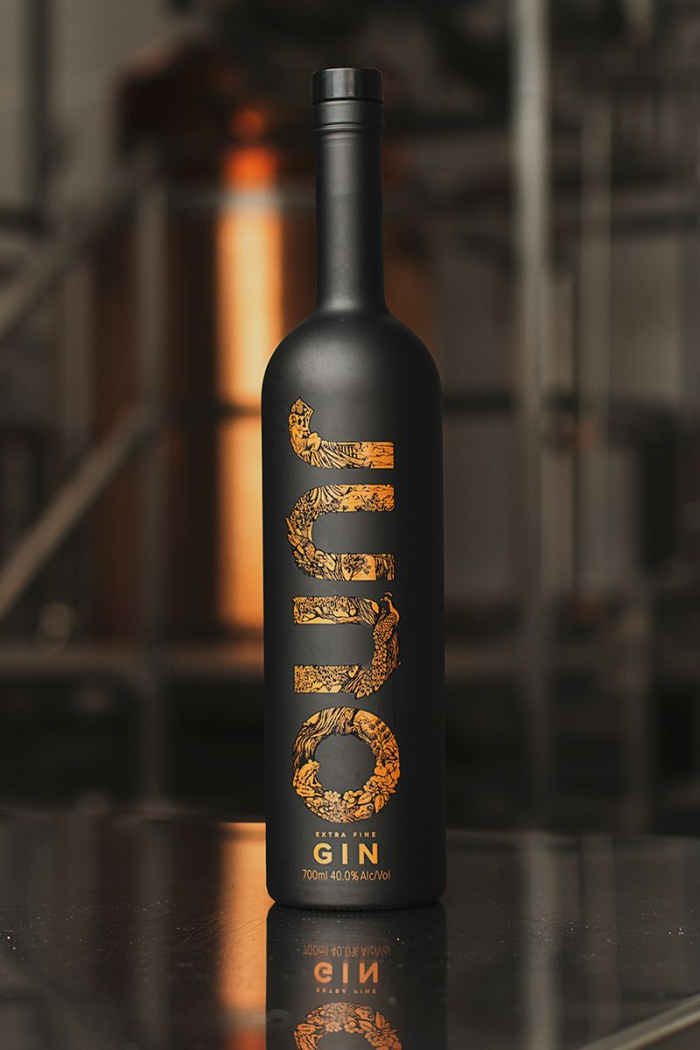Is it possible to create a 100% New Zealand-made gin?
The answer is yes, it’s already been done – sort of.
But the real answer is no, not yet. When that day comes, however, NZ has the potential to develop new export markets and create high-quality and uniquely local gin while future-proofing the industry.
Gin is the world-famous English tipple that has exploded in popularity in NZ and Australia in recent years. We certainly import a lot of it, but it has been made here only since 2003, when Geoff Ross, the co-founder of the iconic brand 42 Below Vodka, produced South Gin.
Distilleries such as Lighthouse, Scapegrace (formerly known as Rogue Society) and Broken Heart followed in the "first wave" of gin distilleries.

From only 15 or so gin distilleries a few years ago, there are now more than 150 commercial operations in this country making spirits, with most of them making gin.
In 2018, Scapegrace Gold won the best London dry gin title at the prestigious International Wine and Spirit Competition.
In 2023, Broken Heart Spirits’ Queenstown Edition Gin claimed the award.
This year, Roots Gin’s Marlborough Dry Gin was also named the world's best London dry gin, which followed Awildian's success at the 2022 World Gin Awards, winning the world’s best classic gin honours.
The industry is not only rapidly expanding in this country but also producing international award-winning gins.
But in an era when "vertical integration" of supply chains is all the rage, how much control do gin producers here have over the crucial botanicals that flavour their raw spirit?
Building an industry
There are two basic reasons why producing a 100% NZ-made gin could be worthwhile.
First, we laud expressions of terroir and new world-ness in Kiwi wine. The same can easily be achieved with the botanicals (the stuff that flavours the gin) and even the base spirit.
There is reason to believe we could create a gin that has a botanical profile that would set us apart from other producers around the world.
The second reason is that the cost of gin botanicals is affected by many factors, including climate change, loss of arable land through urbanisation, supply and demand, and disease.
We have the capacity to become an exporter of gin botanicals.
When you consider that the largest gin market in the world – the Philippines – is nearby, we have an opportunity to create a large export market for our gin and the raw ingredients to make it.
Before we get to that, we need to understand a few things about the process of making gin.
First, what is gin? Quite simply, it is a clear neutral spirit of agricultural origin, predominantly flavoured by the seed cones (or berries, if you like) from Juniperus communis.
Take out the juniper, and you’re drinking flavoured vodka. The resinous texture, pine-like freshness and woody bitterness of juniper are the backbone of traditional gin. We don’t grow juniper to a commercial level in NZ.
All about the base
Before we get to the botanicals, we must start with the base spirit. This is a roughly 96% alcohol-by-volume clear neutral spirit variously known as bioethanol, ethanol, grain neutral spirit, neutral cane spirit or ethyl alcohol. Gin distilleries take this base spirit, dilute it and redistil it with botanicals to make their gin.
The "agricultural origin" means, thankfully, you can’t make the base spirits out of petroleum products; it must be the product of the fermentation of sugar by yeast (and sometimes bacteria).
In some cases, distillers make this base product themselves, but in NZ, most of it is imported grain- or sugar-cane-based spirit or supplied locally from NZ dairy giant Fonterra’s subsidiary, Lactanol.
You can make base spirit out of anything from sugar cane, sugar beet, barley, potatoes, kūmara, fruit, grain and wheat. But in the case of more than 50% of NZ distillers, the base spirit they use is made from lactose, which is the sugar in milk and is produced by Lactanol.
Fonterra pioneered the manufacture of extra neutral spirit from leftover lactose – “a natural by-product of pure grass-fed New Zealand milk” – in the southern hemisphere.
The grain-to-glass makers (think farm-to-table or paddock-to-plate), of which there are very few in this country, need significantly more kits to produce the base spirit, which bumps the price. Grain-to-glass producers include the Vicar's Son, Herrick Creek, Auld Farm Distiller, Lammermoor Distillery and Cardrona Distillery.
So, in the journey towards a 100% NZ-made gin, base spirits are the least of your problems. It’s just about what kind of base you want your base spirit made from – grain, lactose or sugar cane – the level of control you want over the end product, the price you’re willing to pay and the effort you’re willing to go through to get the raw ingredient for your gin.
The botanicals
Now we must travel off into the weeds – or, more accurately, the shrubs – and what better guide than Dave James, co-founder of Taranaki’s Juno Gin.

Dave (left), Jo and Mark James on Mark's farm beneath Mt Taranaki. (Image: Supplied)
James, a food technologist who spent many years at Fonterra, started Juno with his epidemiologist wife, Jo, in 2016.
Juno aims to be a zero-waste distillery, and that focus on sustainability led the couple to investigate whether the botanicals NZ distillers import could be grown and sourced in NZ.
“If you want to be zero waste, you've got to be looking up and down your supply chain,” Dave James says. “So, we started looking at our ingredients.”
The most popular method for distilling gin, and the one practised most commonly in NZ, is the London dry method.
This involves redistilling the base alcohol as a single batch with juniper berries and other natural botanical ingredients such as angelica root, orris root, liquorice root, coriander seeds, cardamom seeds, calamus root, orange peel, lemon peel, anise seeds, and many more.
At the end of the distillation, only water, more ethanol, or sugar can be added. If anything else is added to the gin, it cannot be legally described as being manufactured in the London style.
The "dry" refers to the addition, or not, of sugar post-distillation; if no sugar is added, then it is often called a London dry gin.
The oils from these ingredients create the flavour profile of the gin, but in a "classic-style" gin, the main flavour comes from juniper.
All the juniper used in commercial NZ-made gin is imported. Much of the world’s supply is grown in Eastern Europe but also in Asia and the Americas.
For makers of NZ gin, juniper is an expensive imported ingredient. James says that in 2016, they paid $6,000 a tonne for the cones, but the most recent purchase price was $25,000 a tonne.
There’s been a worldwide boom in gin consumption, but juniper trees take many years to reach maturity, and their seed cones take two to three years to ripen, starting off green and slowly ripening to silvery bluish-black. So, the laws of supply and demand have ratcheted up the price.
In addition, the Phytophthora austrocedri pathogen has decimated supplies in the UK, as well as parts of Europe, adding to the competition for increasingly meagre supplies.
This led Dave and Jo James to investigate whether they could be grown in NZ.
“We could have imported the trees, but if we'd done that, we would have had to go through a three-year waitlist prior to getting trees into an approved facility for a potentially lengthy quarantine programme, with no guarantee the plants would qualify to come out the other side of that process," said Dave.
“We knew that seeds had been brought into the country in the 1980s by a company called Cedar Lodge Nurseries, which bizarrely enough was here in New Plymouth.
“What we discovered was they probably didn't realise the trees were dioecious, which means a male and a female plant is needed to produce berries. An added complication is that the young trees can take between five and 10 years to show their sexual characteristics.”
And because the trees are male and female, people would always have needed to buy a male and a female plant.
When Juno Gin embarked on the "Great New Zealand Juniper Hunt" with the help of Massey University, they found this to be the exception rather than the rule.
The hunt, which began in 2019 and involved visits to the gardens and nurseries of NZ searching for juniper shrubs, eventually unearthed only about 100 samples.
Massey looked at the morphology of the samples and did DNA analysis on those that looked like Juniperus communis to narrow them down to the specific variety – mainly because if you get the wrong juniper, the cones can be toxic. From this analysis, they confirmed 40 samples.

The 'berries' of Juniperus communis. (Image: Supplied)
Using chloroplast DNA analysis (similar to mitochondrial DNA in humans), they mapped the juniper to find out whether these samples started as a cutting of a single tree or from different genetic families.
James says the point of analysing the chloroplast DNA of the samples was to establish if genetic diversity could be achieved in potential NZ-grown juniper trees.
“We didn't want to set up a monoculture.”
He cites examples, including bananas and kiwifruit, where monocultures have resulted in the crop being susceptible to disease and damaged the industry.
“We're looking to set up an industry here, and you've got to put it on a sound foundation, hence all this work we've done with Massey.”
The university’s business development manager for Taranaki, Eve Kawana-Brown, who works in partnership with Venture Taranaki, says from about 800 young plants successfully propagated at Massey over the past few years, 17 – two male and 15 female – have been planted out in Taranaki from an age of four years.
“The females are from a tree that belongs to one ‘gene pool’, and the males are from trees that belong to a different ‘gene pool’,” she says.
“From those females, early in summer, 42 cones were collected. These are in refrigeration prior to planting.”
The first 100% NZ-made gin?
James says during the juniper hunt, they found two female trees with fertile cones on them.
With these local cones, he made something called a square gin for taste evaluation at Massey’s Food Experience and Sensory Testing (FEAST) laboratory.
Square gins are typically made with no botanicals except juniper to avoid "muddying" the flavour used for the sensory analysis of the juniper berry flavour.
“These preliminary results [based on very small samples] showed that the gin was more green/grassy and less citrusy/floral and fitted the gin profile well," says James.
So, a gin made with NZ base alcohol and NZ-grown juniper? It certainly qualifies as 100% NZ-made, but James warns: “It’s a bit brutal.”
While the sample of square gin used for testing was tiny, he says some gin drinkers enjoy the flavour: “I've got a friend who loves it; he won't drink anything else.”
However, one square gin sample does not a 100% NZ industry make.
Witches and angels
James says all modern gins also use coriander seed, angelica root and, frequently, orris root as flavour fixer, then a citrus source, spice source and heat source.
In 2017, Juno – in conjunction with Massey – received Callaghan Innovation funding to investigate the efficacy of NZ-grown orris root compared with the imported product.
“Samples of NZ-grown orris root were dried at different temperatures and humidities. The results showed that the flavour-fixing properties of the NZ-grown orris root were better than the imported product.”
From initially being unable to source orris root in NZ, James says, they worked with Mark Tyro and Janice Potts of Terraza Saffron to effectively kick-start the industry in this country.
The properties of orris are not just useful for keeping the flavours in your gin bottle; oil of orris is a high-value "fixer" additive that has been used in the perfume industry for centuries and could provide a useful export market for growers in this country.
Orris root is not needed in huge quantities in gin and provides only a slight floral note in addition to its flavour-fixing properties. Typical usage would be less than 1g per litre of gin.
Along with juniper and coriander, angelica root is one of the most common aromatic botanicals in gin. James says angelica pachycarpa grows like a weed in Taranaki and is considered a pest plant in parts of the country, but unfortunately, it’s the wrong kind for gin making.

Angelica archangelica has a reputation as a powerful medicinal herb. (Image: Supplied)
True herbal angelica archangelica is much less common in NZ. However, its root, leaves and seeds can be used as ingredients.
“We couldn’t find any place that sold the seeds in NZ, so we asked Egmont Seeds to import them for us,” says James.
They planted out the angelica archangelica in two locations in Taranaki, at a market garden in Oākura and on his brother’s farm near the base of Mt Taranaki.
“The morphology of the two plants was completely different. So, that put us down the track of terroir.”
For wine drinkers, terroir will be a familiar concept – the combination of soil, climate and environment in which grapes are grown that gives wine its distinctive character.
It’s exciting for the future of a truly NZ-made gin industry to have local and regional characteristics to gin botanicals if only to set yourself apart in an increasingly crowded marketplace.
James’ market garden supplier stopped growing angelica to focus on micro herbs for Taranaki’s restaurants, so now he gets it off his brother’s farm, where it grows up the mountain slowly but delivers a high oil content.
According to Kawana-Brown’s research for Venture Taranaki: “A very quirky challenge relating to angelica harvest is that, if it's harvested by hand in daylight, pickers are vulnerable to painful instances of phytophotodermatitis due to the chemical compounds in angelica sap being activated by UV light.”
Angelica’s reputation as a powerful medicinal herb stretches far back in history – the archangelica ‘angel-like’ tag coming from its supposed ability to ward off plague – and James suggests the UV reaction might be why witches, or indeed traditional herbalists, had a habit of being out at night collecting the ingredients for their "potions".
Kawana-Brown says Venture Taranaki’s "Branching Out" project is about to trial an angelica crop on other land in Taranaki and is exploring the potential for a drying facility in the region.
Where to now?
When we consider that the longstanding gin-sweetening agent liquorice root can be grown in NZ, along with plentiful coriander seed – the Jameses source theirs from the Wairarapa – the question is, where are the bottlenecks to the 100% NZ-made London dry gin?

Citrus and peppery/spicy elements are often added to gin, and while citrus is obviously no problem, James says he often uses imported cassia bark for the spicy notes and black peppercorns for heat.
Potentially, the likes of horopito and kawakawa can step into the frame here, but James says to be able to export product into the United States, native botanicals must be on the ‘generally recognised as safe’ (Gras) register. The FDA administers this register in the US, and many countries use the register as a de facto tariff barrier.
However, cinnamon and cassia plants, the latter sometimes known as Chinese cinnamon, can be purchased in NZ.
“Juniper definitely represents the biggest hold up to success in terms of NZ being self-sufficient for gin ingredients,” says Kawana-Brown.
“Our oldest propagated trees from the Juniper Hunt are the 15 four-year-old trees, which bore 42 cones, which hopefully contain fertilised seeds and are healthily DNA-mixed.
“These cones are still in the fridge, and as each cone typically has three to five seeds, if the seeds were planted out this year and were fertile, one could extrapolate that, in 2029, they could produce 630 ripe cones – probably not enough to make even one tiny batch of gin."
So, a true NZ-made traditional juniper-forward London dry gin is on the distant horizon, but it’s coming.
There is certainly growing interest in NZ-grown gin botanicals.
Kawana-Brown says the "Branching Out" blueprint for gin botanicals prepared by Venture Taranaki is one of the most downloaded among the regional development agency’s suite of blueprints.
“I also have a log of 76 enquiries from people wanting to source or grow juniper trees. Many of these people are – or are connected to – gin makers.”











